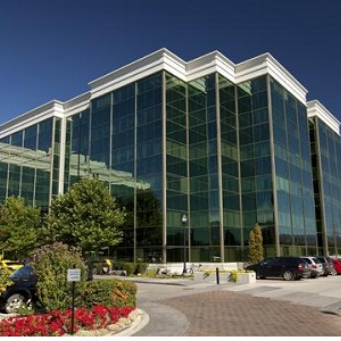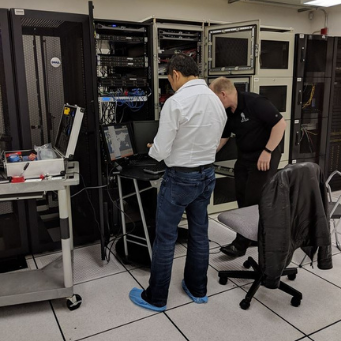Recent Posts
Categories
- Advanced Solutions (12)
- Archeology (7)
- Event Management Solutions (3)
- Events (18)
- Grocery E-commerce (18)
- Innovation (19)
- IT Services (14)
- Land Stewardship (10)
- Locker Solutions (19)
- Natural Resources (7)
- NOC Operations (12)
- Operations (10)
- Science Projects (10)
- Security (8)
- Smart Retail (20)
- Supply Chain (12)

Elite customer experiences demand an evolving fast-retail strategy defined in short time horizons (6-12 months) with close-to-consumer self-service channels including proximity-based inventory distribution, fulfilment network and on-demand delivery, with both traditional grocery standards (such as milk and bread) together with health-oriented dietary choices (such as salads and organics).
2. There is the increasing complexity with the expansion of e-commerce logistics and the omni-channel model. The solution to this problem is to rethink food production/processing, shipping and location strategies, such as offering ship to store, in-store fulfilment and automated locker networks, using stores as a distribution center and increasing the marketing and visibility of high-volume and convenience-focused products. The enlarged convenience store (c-store) model potentially checks all these boxes.
3. C-Stores, along with smaller-footprint stores (1000-2000 sq. ft.), allow for agile operational models for profitability and supply chain revenue growth as both proof of concept modelling and real-time analytics for lessons learned to help win the online grocery battle.

With a focus on enhancing the level of redundancy in our systems we are taking the fist step in building out our Kelowna cluster. A key part of our enterprise risk management plan is having our systems geographically distributed. Our first node in Kelowna supports redundant operations of some of our e-commerce and logistics solutions.
For a long time we were dependent on backups to data centres in eastern Canada and the ability to spin up machines on public cloud infrastructure. A strategy commonly used today by many software providers. However, our analysis found the Mean Time To Recover (MTTR) far to long. We are building out a network of regional clusters running our software solutions. Our goal is to have burpless failover between the various data centres in a highly resilient structure. Kelowna complements our much larger install in Victoria and backup systems we have in Toronto and Montreal.

“Operational models, especially those driven by dirty, environmentally damaging companies, need to action a reconnection of core values, renewing a sense of greater purpose and integrity.”
In the transportation sector generally, and specifically last mile supply chain management in major urban centers, the scenario sees a widespread switch to cleaner energy with electric commercial vehicles (CEV), e-cargo bicycles, hybrids, other small vehicles, and the growth of last mile fulfilment including Amazon Flex and Mobility-as-a-Service (MaaS). Given the transition of the supply chain into a digital supply chain, and correlating sustainability with logistics, an enlarged definition of supply chain is better captured as supply networks and an ecosystem reliant on cloud, security, visibility, transparency and integrated systems.

Do you require an extra level of security at you pickup locker. Going beyond just a PIN number to release an order.
Over the summer we have been working on adding new features to our Lockers power by MightyExpress. Our new ID scanning module is cable of scanning virtually any drivers license issued in North America or military ID. We are able to score the ID against our heuristics database to identify fake ID. Our software then breaks apart the ID, extracting the customer photo, name, and address.
Doubling the Size of our Victoria Server Farm

Our retail and logistics users are demanding more sophisticated real-time data analytics, search and logistics planning algorithms. We have responded by adding new features and capabilities to MightyCart and MightyExpress; our proprietary SaaS platform for creating omni-channel consumer experiences. This is being driven by the need to create highly customised user experiences for the end customer. We have responded by adding detailed product information into Mighty Cart including product ingredients, the ability to create highly customised products individualised for the end customer.
